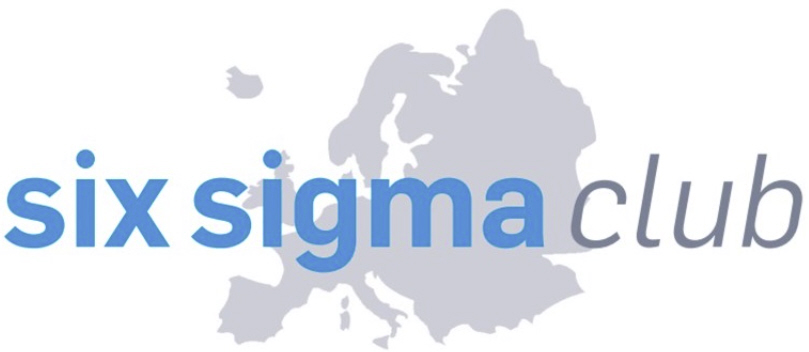Frequently Asked Questions
Six Sigma is a method for reducing variation in processes (production and services). It enables optimization potential to be systematically tapped. Employees are trained in the use of statistical and problem-solving tools and apply the knowledge they have acquired in parallel to process optimization projects. This increases the competence of employees and at the same time makes the company stronger and more competitive.
The association ensures a uniform understanding of the Six Sigma methodology in Europe and creates uniform guidelines and quality standards for this. It is the central point of contact for the training and certification of Six Sigma Master Black Belts according to the highest criteria. It is also constantly working on the further development of the Six Sigma methodology.
The European Six Sigma Club is a network created by and for the users of Six Sigma methods and their tools. With the help of Six Sigma Wiki, expert panels and conferences, there are opportunities to access existing knowledge, experience and resources, such as templates for forms and tools. The ESSC-D creates uniformly high and comparable standards for training and certification of the various “belts”. Such standards are not only important when hiring new certified Belts. Companies affiliated to the ESSC-D can use the ESSC-D logo on their certificates and documents.
The Six Sigma methodology continues to evolve. If, for example, a company has successfully introduced the method, regular exchange with other companies as part of the membership is beneficial in order to keep up with the further development of the methodology. Various templates for forms and tools, e.g. SIPOC diagram, process map, etc., are available to download from the Six Sigma Wiki.
In 2007, at an international event, Six Sigma enthusiasts came to the decision to further develop the topic of Six Sigma and the quality standards in terms of content and organization. The association was founded by an initially small, committed group of people around Dieter Szemkus, Mario Jürgens and Herbert Theato.
The specialist conferences serve to disseminate the methods and specialist knowledge and to promote the intensive exchange of experience between association members and specialist conference participants. The specialist conferences are an excellent opportunity to meet qualified experts from different companies in person.
Membership fees per year in euros:
| Personal members | 60 Euro |
| Junior membership according to §10.2 | 30 Euro |
| Company members | |
| up to 999 employees | 200 Euro |
| from 1000 employees | 600 Euro |
Membership fees are tax-deductible.
The training is graded according to Green Belt, Black Belt and Master Black Belt as the highest level of training. In this order, it indicates increasing competence in dealing with the Six Sigma method. The training always consists of a theoretical “classroom” part and a practical part, i.e. a process improvement project in which the tools and methods learned in the classroom are to be applied. The projects are not game projects, but important process improvement projects for the company.
Green Belt, Black Belt and Master Black Belt are not currently protected terms. Anyone who takes a long-term and comprehensive look at the subject has a very clear idea of the training content and the necessary scope of training for such highly qualified experts. Unfortunately, there are an increasing number of providers on the open market who offer training courses with the same name but with significantly less content. It is therefore necessary to define quality standards for training and certification in order not to erode the terms.
The certificate is proof that certain skills have actually been acquired through training and practical application in projects and thus corresponding experience.

